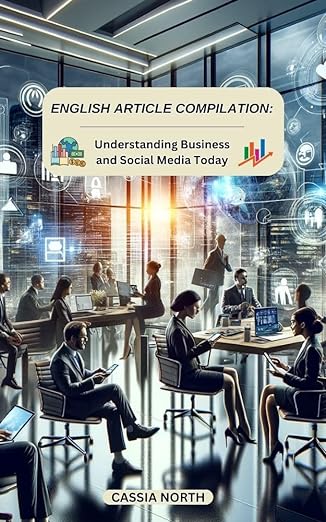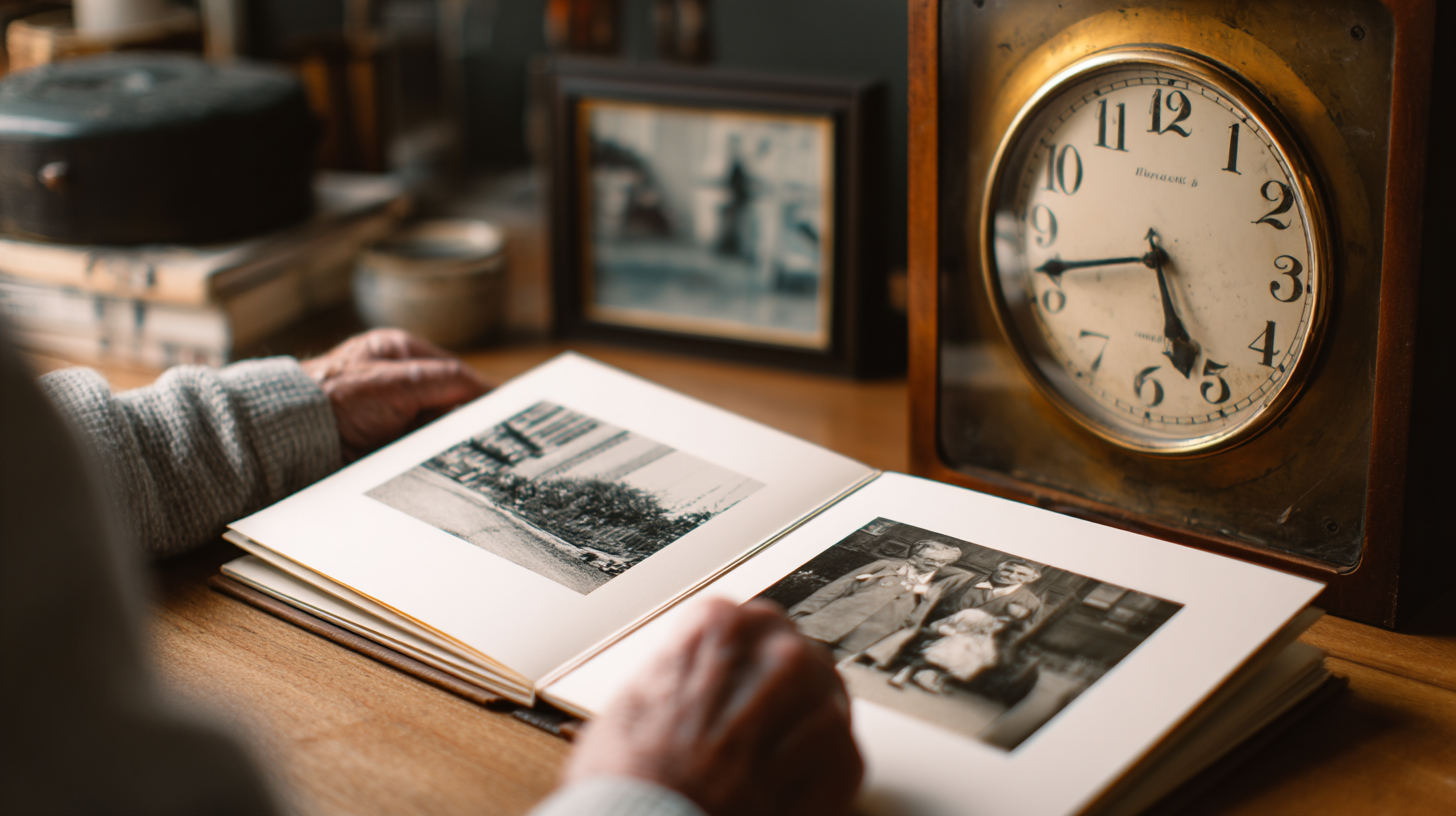
English Blogs
"Let's Learn, Explore, and Connect to the World"
Present Perfect Simple 6
- Tokita Akira
- Basic English Grammar Blog

VI. Expanding Your Practice with the Present Perfect Simple
To achieve fluency in using the Present Perfect Simple tense, varied and continuous practice is crucial. This section offers a range of activities and resources for deepening your understanding and proficiency.
Interactive Exercises and Activities
 Daily Journaling: Incorporate the Present Perfect Simple in your daily journal entries. Write about new experiences, achievements, or changes in your life.
Daily Journaling: Incorporate the Present Perfect Simple in your daily journal entries. Write about new experiences, achievements, or changes in your life.
 Scenario-Based Role Play: Engage in role-playing exercises with scenarios that involve discussing past experiences, accomplishments, or changes.
Scenario-Based Role Play: Engage in role-playing exercises with scenarios that involve discussing past experiences, accomplishments, or changes.
 Present Perfect Challenges: Set daily or weekly challenges where you focus on using the Present Perfect Simple in conversations or writing.
Present Perfect Challenges: Set daily or weekly challenges where you focus on using the Present Perfect Simple in conversations or writing.
Enhancing Conversational Skills
 Conversation Practice: During conversations, try to narrate recent experiences or changes using the Present Perfect Simple. Discuss things like recent accomplishments, life changes, or new experiences.
Conversation Practice: During conversations, try to narrate recent experiences or changes using the Present Perfect Simple. Discuss things like recent accomplishments, life changes, or new experiences.
Writing Practice
 Experience Sharing: Write about your life experiences, such as trips, achievements, or significant life changes, using the Present Perfect Simple.
Experience Sharing: Write about your life experiences, such as trips, achievements, or significant life changes, using the Present Perfect Simple.
 Reflective Essays: Write essays reflecting on how certain aspects of your life or the world have changed over time.
Reflective Essays: Write essays reflecting on how certain aspects of your life or the world have changed over time.
Listening and Comprehension Practice
 Podcasts and Audiobooks: Listen to podcasts or audiobooks where hosts often discuss experiences, news, and life stories. Focus on how they use the Present Perfect Simple tense.
Podcasts and Audiobooks: Listen to podcasts or audiobooks where hosts often discuss experiences, news, and life stories. Focus on how they use the Present Perfect Simple tense.
 Movies and TV Shows: Watch films and series in English, paying close attention to dialogues that use the Present Perfect Simple, especially in narratives involving life experiences or changes.
Movies and TV Shows: Watch films and series in English, paying close attention to dialogues that use the Present Perfect Simple, especially in narratives involving life experiences or changes.
Creative Writing
 Storytelling: Create stories where characters discuss their past experiences or how their lives have changed, using the Present Perfect Simple tense.
Storytelling: Create stories where characters discuss their past experiences or how their lives have changed, using the Present Perfect Simple tense.
 Blogging: If you have a blog, write posts about your personal experiences, accomplishments, or changes using the Present Perfect Simple.
Blogging: If you have a blog, write posts about your personal experiences, accomplishments, or changes using the Present Perfect Simple.
Conclusion
 Expanding your practice with the Present Perfect Simple through diverse exercises and real-life application is key to mastering its use. Consistent practice, whether through speaking, writing, listening, or engaging with educational resources, will enhance your ability to use this tense effectively, enriching your overall English communication skills.
Expanding your practice with the Present Perfect Simple through diverse exercises and real-life application is key to mastering its use. Consistent practice, whether through speaking, writing, listening, or engaging with educational resources, will enhance your ability to use this tense effectively, enriching your overall English communication skills.
Latest Blogs

Present Simple Tense 1
English Blogs “Let’s Learn, Explore, and Connect to the World” Present Simple Tense 1 I. Introduction to the Present Simple Tense in English Mastering the

Present Simple Tense 2
English Blogs “Let’s Learn, Explore, and Connect to the World” Present Simple Tense 2 II. Understanding the Present Simple Tense Definition and Structure At its
Reading comprehension quiz
Check out our books and more!
Travel English: A Compilation of Key English Conversations When Traveling
Explore the world confidently with ‘Travel English’ by Allison Kate, a comic-style guide full of essential conversations and tips for every traveler. Speak English with ease in airports, hotels, and more!
Check out our Blogs!
Read our everyday blogs and gain new knowledge, skills, and inspiration to support your learning journey here in SEKAEL.


Learn through Common English Errors Blogs by recognizing and correcting everyday grammar and usage mistakes.








 Understanding Time Relevance: Use the Present Perfect Simple for actions that occurred at an unspecified time before now or for situations that started in the past and are still true. Remember, the focus is on the result or relevance to the present.
Understanding Time Relevance: Use the Present Perfect Simple for actions that occurred at an unspecified time before now or for situations that started in the past and are still true. Remember, the focus is on the result or relevance to the present. Appropriate Contexts: Utilize this tense when discussing life experiences, changes over time, or completed actions with present relevance.
Appropriate Contexts: Utilize this tense when discussing life experiences, changes over time, or completed actions with present relevance. Use with Time Expressions: Familiarize yourself with time expressions commonly used with the Present Perfect Simple, such as ‘ever’, ‘never’, ‘since’, ‘for’, ‘yet’, and ‘already’.
Use with Time Expressions: Familiarize yourself with time expressions commonly used with the Present Perfect Simple, such as ‘ever’, ‘never’, ‘since’, ‘for’, ‘yet’, and ‘already’. Wrong Verb Form: Ensure you use the past participle form of the verb. Regular verbs typically end in -ed, but many common verbs are irregular and require memorization.
Wrong Verb Form: Ensure you use the past participle form of the verb. Regular verbs typically end in -ed, but many common verbs are irregular and require memorization. Incorrect Time References: Avoid using the Present Perfect Simple with specific past time references. Phrases like ‘last year’, ‘in 2010’, or ‘yesterday’ require the Past Simple tense.
Incorrect Time References: Avoid using the Present Perfect Simple with specific past time references. Phrases like ‘last year’, ‘in 2010’, or ‘yesterday’ require the Past Simple tense. Overuse: Be cautious of overusing the Present Perfect Simple. Assess if the action or situation genuinely requires this tense or if another tense like the Past Simple or Present Simple is more appropriate.
Overuse: Be cautious of overusing the Present Perfect Simple. Assess if the action or situation genuinely requires this tense or if another tense like the Past Simple or Present Simple is more appropriate. Regular Practice: Incorporate the Present Perfect Simple into your daily conversations and written communication where appropriate.
Regular Practice: Incorporate the Present Perfect Simple into your daily conversations and written communication where appropriate. Language Exercises: Engage in exercises that focus on converting sentences from the Past Simple to the Present Perfect Simple and vice versa to understand their differences.
Language Exercises: Engage in exercises that focus on converting sentences from the Past Simple to the Present Perfect Simple and vice versa to understand their differences. Reading and Listening Comprehension: Pay attention to the use of the Present Perfect Simple in various texts, movies, and conversations to understand its application in different contexts.
Reading and Listening Comprehension: Pay attention to the use of the Present Perfect Simple in various texts, movies, and conversations to understand its application in different contexts. Mastering the Present Perfect Simple tense is essential for expressing actions and experiences relevant to the present. By understanding its proper use and common mistakes, and through regular practice, you can significantly improve your proficiency in English grammar. This understanding not only enhances your grammatical accuracy but also enriches your ability to express experiences and actions with appropriate temporal context.
Mastering the Present Perfect Simple tense is essential for expressing actions and experiences relevant to the present. By understanding its proper use and common mistakes, and through regular practice, you can significantly improve your proficiency in English grammar. This understanding not only enhances your grammatical accuracy but also enriches your ability to express experiences and actions with appropriate temporal context.












 Effectively forming questions and negatives in the Present Perfect Simple is crucial for asking about experiences, discussing completed actions, and describing ongoing effects. Understanding these structures adds depth and versatility to your English communication, particularly in expressing actions and experiences relevant to the present.
Effectively forming questions and negatives in the Present Perfect Simple is crucial for asking about experiences, discussing completed actions, and describing ongoing effects. Understanding these structures adds depth and versatility to your English communication, particularly in expressing actions and experiences relevant to the present.











 The Present Perfect Simple tense is a key element in English grammar, allowing speakers to express a range of actions and states related to past experiences, changes over time, and recently completed actions. Its versatility makes it essential for discussing past actions in a way that emphasizes their relevance to the present. In the next sections, we will explore forming questions and negatives, and practical usage tips.
The Present Perfect Simple tense is a key element in English grammar, allowing speakers to express a range of actions and states related to past experiences, changes over time, and recently completed actions. Its versatility makes it essential for discussing past actions in a way that emphasizes their relevance to the present. In the next sections, we will explore forming questions and negatives, and practical usage tips.








 The Present Perfect Simple tense is essential for expressing a variety of actions and states in English, particularly those linking the past to the present. Its correct usage reflects not just a grasp of grammar but also an understanding of the nuances of English communication. In the following sections, we will delve into its specific uses, how to form questions and negatives, and practical tips for effective usage.
The Present Perfect Simple tense is essential for expressing a variety of actions and states in English, particularly those linking the past to the present. Its correct usage reflects not just a grasp of grammar but also an understanding of the nuances of English communication. In the following sections, we will delve into its specific uses, how to form questions and negatives, and practical tips for effective usage.



 At its core, the Present Perfect Simple tense serves to link actions or events that occurred at an unspecified time in the past with the present. Unlike the simple past, which places actions firmly in the past, the Present Perfect Simple keeps these actions relevant to the current moment. This connection is crucial in conversations about life experiences, changes, accomplishments, and ongoing situations.
At its core, the Present Perfect Simple tense serves to link actions or events that occurred at an unspecified time in the past with the present. Unlike the simple past, which places actions firmly in the past, the Present Perfect Simple keeps these actions relevant to the current moment. This connection is crucial in conversations about life experiences, changes, accomplishments, and ongoing situations. What sets the Present Perfect Simple apart in English is its ability to express actions without specifying the exact time they occurred. This is particularly important in English, as it reflects the language’s focus on the state of an action rather than its specific timeline. It’s a tense that adds depth to conversations, allowing speakers to discuss their experiences and changes in their lives in a way that connects the past to the present.
What sets the Present Perfect Simple apart in English is its ability to express actions without specifying the exact time they occurred. This is particularly important in English, as it reflects the language’s focus on the state of an action rather than its specific timeline. It’s a tense that adds depth to conversations, allowing speakers to discuss their experiences and changes in their lives in a way that connects the past to the present. One of the most compelling uses of the Present Perfect Simple is in discussing life experiences. Phrases like “I have traveled” or “I have learned” open doors to deeper conversations about personal growth, experiences, and the journey of life. This tense allows for an exploration of one’s past not as a distant memory, but as an integral part of who they are in the present.
One of the most compelling uses of the Present Perfect Simple is in discussing life experiences. Phrases like “I have traveled” or “I have learned” open doors to deeper conversations about personal growth, experiences, and the journey of life. This tense allows for an exploration of one’s past not as a distant memory, but as an integral part of who they are in the present. In describing changes over time, the Present Perfect Simple is unparalleled. It helps in illustrating how people, places, or situations have evolved up to the present. When someone says, “The city has changed,” it invites an understanding of the city’s transformation over an undefined period, emphasizing the current state rather than the historical details.
In describing changes over time, the Present Perfect Simple is unparalleled. It helps in illustrating how people, places, or situations have evolved up to the present. When someone says, “The city has changed,” it invites an understanding of the city’s transformation over an undefined period, emphasizing the current state rather than the historical details. For learners of English, grasping the Present Perfect Simple is both a challenge and an opportunity. It requires a shift in thinking from time-focused tenses to a more fluid understanding of time and action. Mastering this tense is often seen as a milestone in English proficiency, as it allows for more nuanced and sophisticated expression.
For learners of English, grasping the Present Perfect Simple is both a challenge and an opportunity. It requires a shift in thinking from time-focused tenses to a more fluid understanding of time and action. Mastering this tense is often seen as a milestone in English proficiency, as it allows for more nuanced and sophisticated expression. The Present Perfect Simple tense is a vital tool in the English language, allowing speakers to connect their past actions and experiences to the present. Its mastery is essential for anyone looking to express themselves fully in English, as it provides a way to discuss experiences, changes, and ongoing situations in a contextually rich and meaningful way. As we delve deeper into this tense, we’ll explore its formation, uses, and the nuances that make it an indispensable part of English communication.
The Present Perfect Simple tense is a vital tool in the English language, allowing speakers to connect their past actions and experiences to the present. Its mastery is essential for anyone looking to express themselves fully in English, as it provides a way to discuss experiences, changes, and ongoing situations in a contextually rich and meaningful way. As we delve deeper into this tense, we’ll explore its formation, uses, and the nuances that make it an indispensable part of English communication.